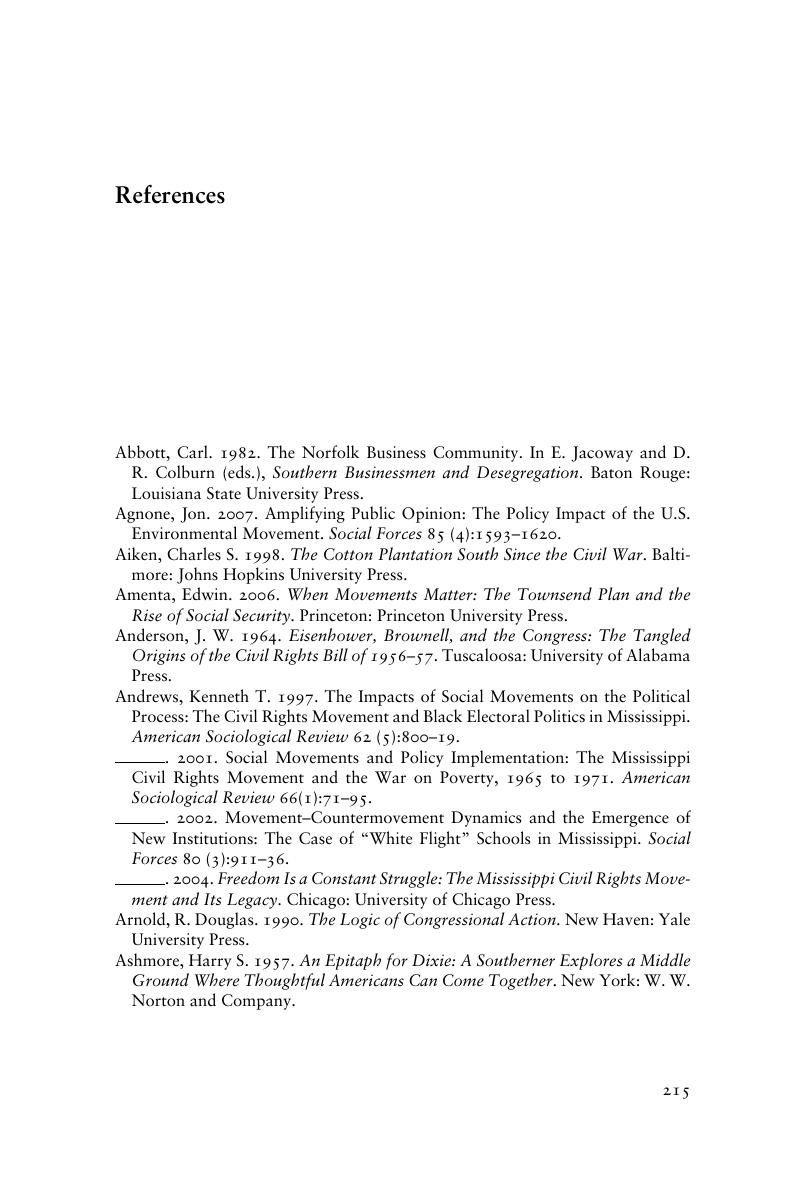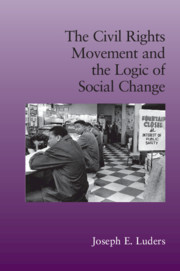Book contents
References
Published online by Cambridge University Press: 05 June 2012
Summary

- Type
- Chapter
- Information
- The Civil Rights Movement and the Logic of Social Change , pp. 215 - 234Publisher: Cambridge University PressPrint publication year: 2010

